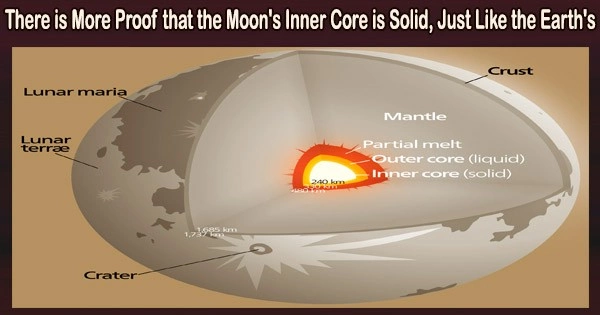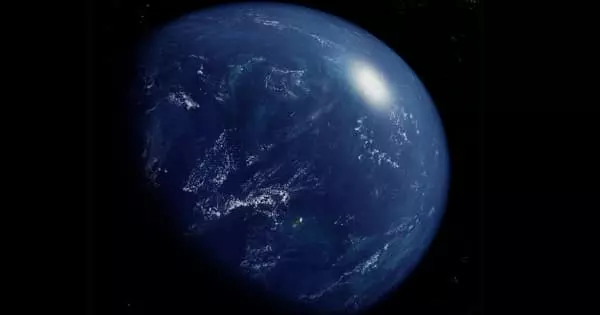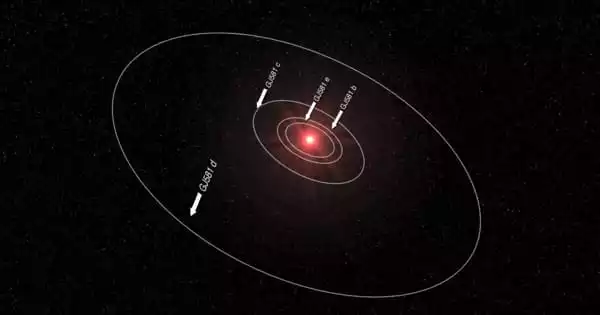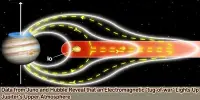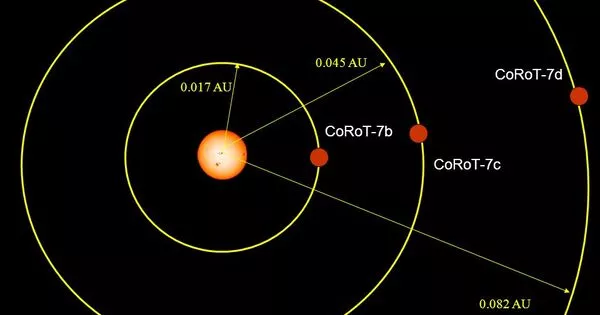The Moon consists of several layers, including a relatively small metallic core, a partially molten layer called the lunar mantle, and a crust on the outermost surface. The concept of an inner core typically refers to a solid, dense region at the center of a celestial body.
A small team of astronomers at Université Côte d’Azur, Observatoire de la Côte d’Azur, working with a colleague from MCCE, Observatoire de Paris, Sorbonne Université, has found more evidence that the moon has an inner core similar to Earth’s.
The group employed data analysis to build models of the core regions of the moon for their study, which was published in the journal Nature.
The Moon’s core is estimated to have a radius of about 330 kilometers (205 miles), which is only about 20% of the Moon’s radius. It is believed to be composed mostly of iron, with smaller amounts of sulfur and nickel. However, it is important to note that the exact nature and properties of the Moon’s core are still subjects of scientific investigation and ongoing research.
NASA planetary scientists made a prediction on what might be at the moon’s core in 2011 using seismic data collected by Apollo astronauts. They hypothesized that a solid inner core with a radius of roughly 240 kilometers most likely existed.
Researchers made comparable estimations in this new study using a variety of sources, and they discovered evidence that nearly matched the NASA findings.
The study team gathered information from numerous space missions and numerous lunar-based ranging experiments to learn more about the moon’s core. With the use of this information, they were able to construct a plausible profile of the moon’s interior, which included details on the density of the moon as well as deformations brought about by gravitational interactions with the Earth. They then input all of their data into a modeling application.
Next, they ran multiple modeling scenarios to see which corresponded most closely with real-world data.
The model that best explained the results showed signs of active overturn, in which lighter material is forced upward as denser material is gradually drawn closer to the core. This discovery contributes to the understanding of the origins of several of the components present in the lunar volcanic zones.
The inner core’s density nearly matched that of the Earth, which suggests it is probably formed of iron, was the other major discovery. The models also revealed that the inner core has a density of about 7,822 kilograms per cubic meter and a radius of about 258 kilometers. It also revealed the outer core to be a fluid layer with a 362 kilometer radius surrounding the inner core.
